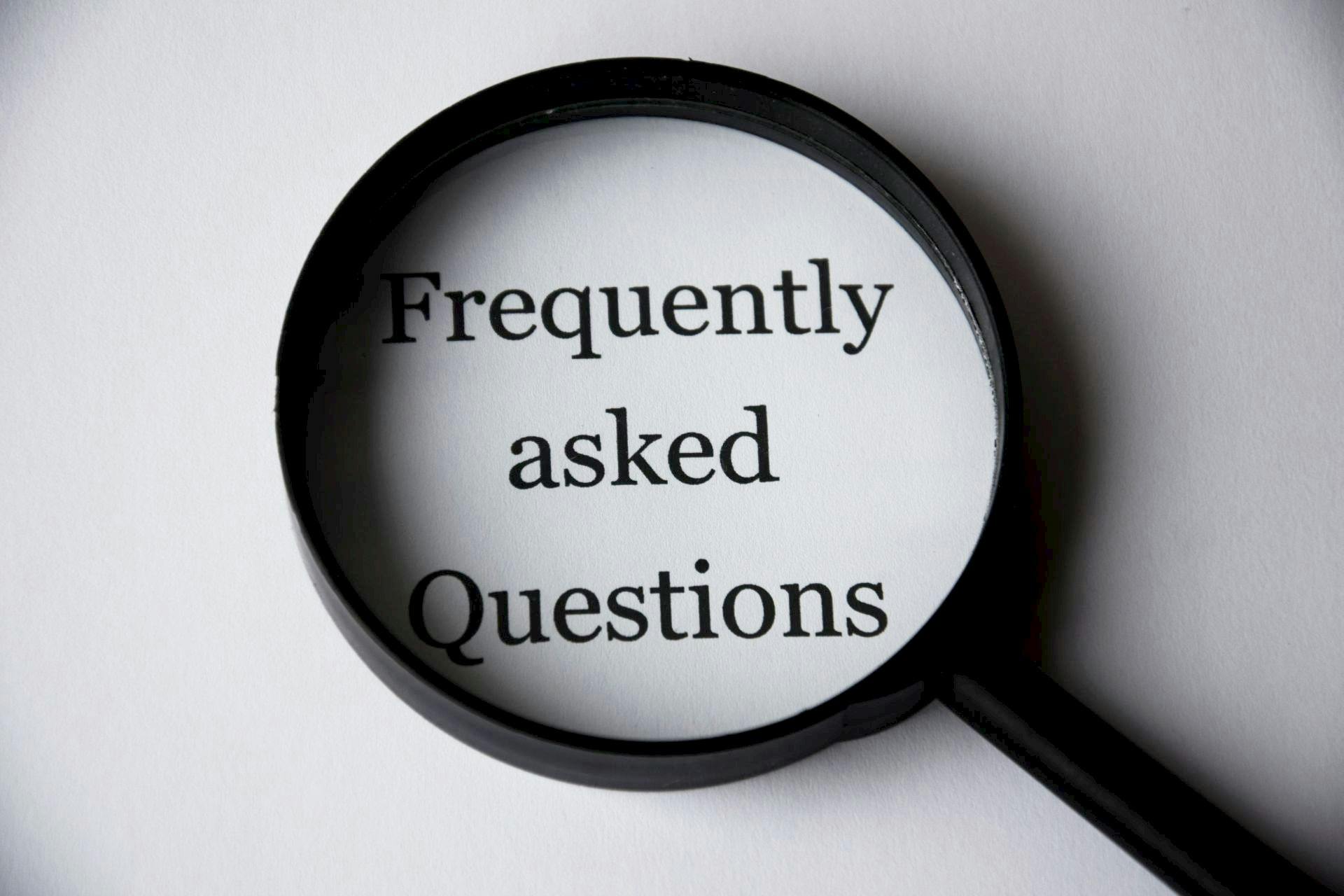How to Manage Your Vacation Rental Property Remotely in Central California
The Rise of Remote Vacation Rental Management
Managing a vacation rental in Oakhurst, Coarsegold, or Bass Lake no longer requires living nearby. With the right tools, you can handle almost everything online.
In fact, the demand for remote vacation rental management in Central California is rising fast. Many investors live outside the area but want to benefit from Yosemite tourism. With smart planning, they can reduce stress, save time, and keep rentals profitable.
Essential Tools for Remote Management
1. Smart Locks and Security Systems
Smart locks make guest check-ins simple. You can create unique codes for each stay and reset them automatically.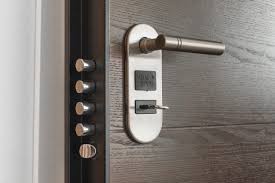
In addition, smart cameras placed at entryways or driveways give you peace of mind. As a result, you avoid lockouts, late-night calls, and security problems.
👉 Example: Adding a Wi-Fi-enabled lock to your Oakhurst cabin lets you control access from anywhere.
2. Automated Messaging
Guest communication often creates stress for remote owners. However, automation tools such as Hospitable or Guesty solve this problem.
These tools can:
-
Send welcome messages automatically
-
Share Wi-Fi info and house rules instantly
-
Remind guests of checkout times
As a result, guests feel supported. In turn, you receive stronger reviews.
3. Remote Property Monitoring
Smart devices allow you to monitor your property from a distance. For example:
-
Smart thermostats cut down energy costs
-
Leak detectors stop water damage early
-
Noise sensors prevent large parties
💡 Example: A noise sensor can notify you if guests throw a party at your Coarsegold rental.
Hiring Local Support
Even with great tech, you still need people on the ground. Therefore, remote owners should build a reliable local team.
-
Cleaning crews handle turnovers.
-
Handymen fix repairs quickly.
-
Property managers offer full-service support if you want a hands-off approach.
👉 Internal link: Marketing Your Short-Term Rental: Tips for Central California Hosts
Property Management Software
Software tools such as Lodgify, OwnerRez, or Hostaway make management easier. They help you:
-
Sync calendars across Airbnb, Vrbo, and Booking.com
-
Track revenue and expenses in one place
-
Assign cleaning or repair tasks
In short, software saves time and reduces mistakes. It is especially helpful for investors with more than one property.
Financial and Legal Considerations
Remote owners must also stay compliant. For example:
-
Taxes: Madera County requires Transient Occupancy Tax (TOT).
-
Insurance: Check that your policy covers vacation rentals.
-
Bookkeeping: Tools such as QuickBooks or Stessa simplify expense tracking.
👉 Outbound reference: Madera County TOT Information
Best Practices for Success
To succeed with remote hosting, follow these steps:
-
Provide a digital guest handbook with rules and local tips.
-
Schedule inspections with your local team.
-
Reply to reviews and adjust based on feedback.
-
Keep backup cleaners and handymen on call.
As a result, your guests enjoy smoother stays, and your rental business thrives.
Conclusion: Remote Hosting Made Easy
You don’t need to live in Oakhurst or Coarsegold to run a successful rental. Instead, combine technology with strong local support. This approach allows you to manage your vacation rental remotely with confidence.
In the end, remote hosting is not only possible. With the right system, it often works better than being on-site.

 Facebook
Facebook
 X
X
 Pinterest
Pinterest
 Copy Link
Copy Link

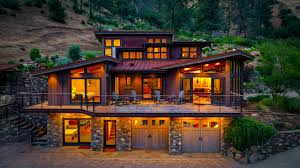

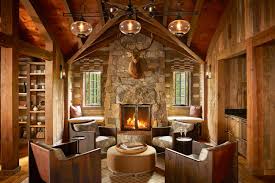


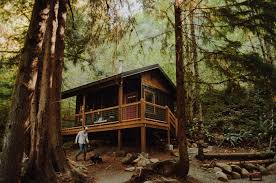







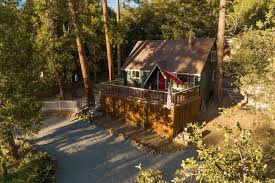




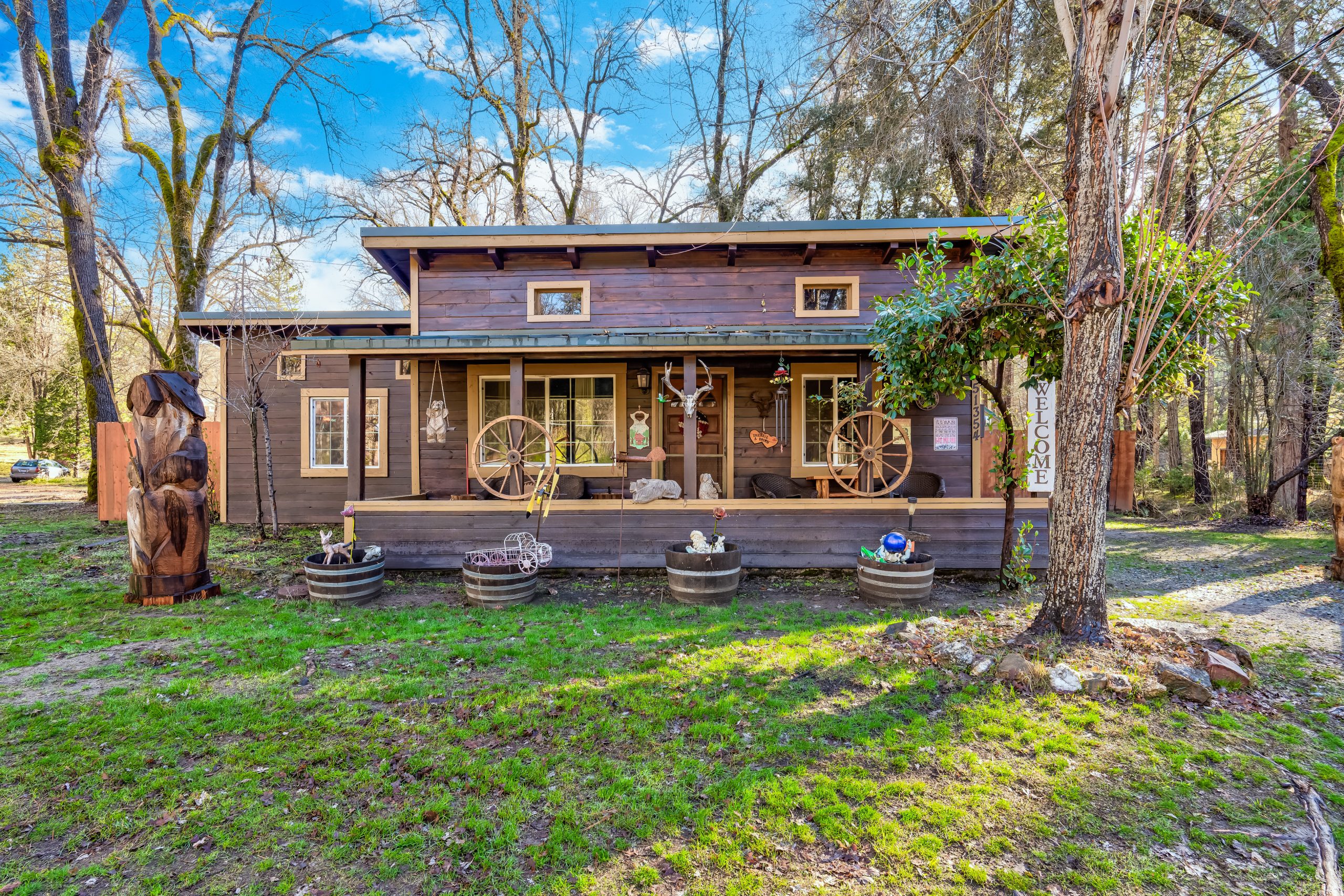
 Lower entry prices compared to Oakhurst or Bass Lake.
Lower entry prices compared to Oakhurst or Bass Lake.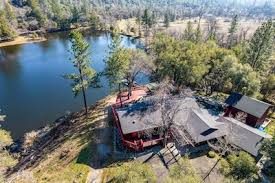

 markets. This mountain town, located just minutes from Yosemite National Park, has seen a surge in demand for vacation rental properties. Both investors and homebuyers are eager to capitalize on this booming trend. In this blog, you’ll learn how these rentals are reshaping Oakhurst’s market, the key regulations involved, and tips to make the most of your investment.
markets. This mountain town, located just minutes from Yosemite National Park, has seen a surge in demand for vacation rental properties. Both investors and homebuyers are eager to capitalize on this booming trend. In this blog, you’ll learn how these rentals are reshaping Oakhurst’s market, the key regulations involved, and tips to make the most of your investment.
